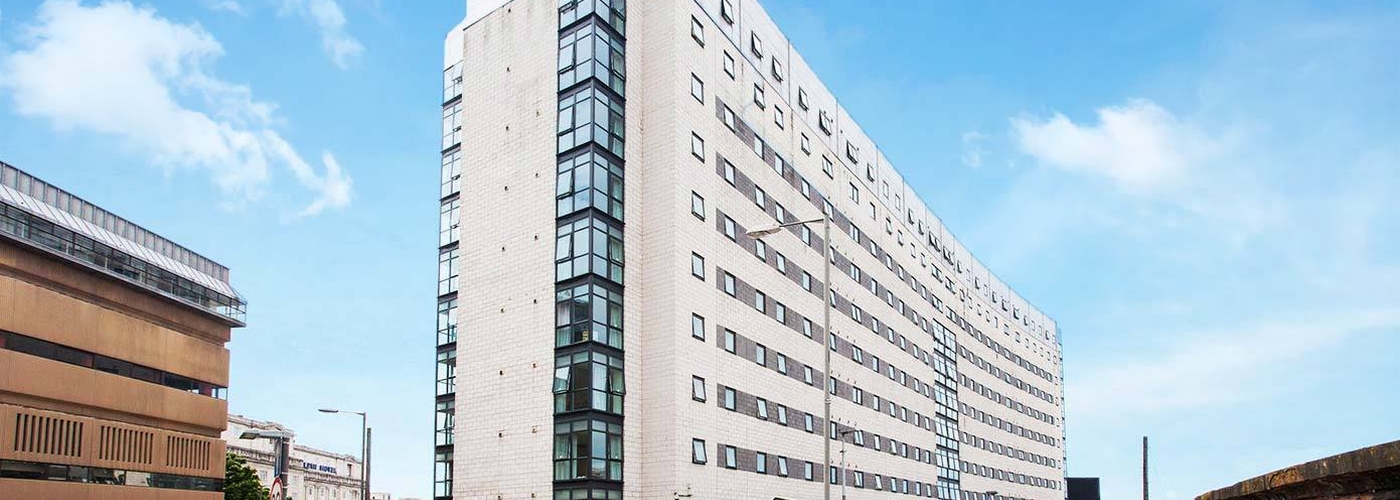Just as important as World Heritage Status is the confidence to kick out poor schemes. By Larry Neild
WINNING the rare distinction of being inscribed on the list of World Heritage Sites puts Liverpool alongside some of the wonders of the world, the Pyramids in Egypt, the Taj Mahal and the Great Wall of China.
It takes years of discussions and persuasion to convince UNESCO to add a name to the list, and, in 2004, Liverpool made it onto that list.
One comedian summed up Liverpool's success in a speech, in the city, when he said: “When Liverpool won the European Capital of Culture the people in Venice said 'where the f*** did we go wrong?’”
Little has been constructed in living memory that would go anywhere near the city being celebrated for its modern architecture.
Yet just as important as having a coveted WHS badge pinned to the gateways to Liverpool, is another question...when did Liverpool turn its back on high quality, stunning architecture?
Read: Liverpool could lose World Heritage Status as soon as next year
With a handful of exceptions, such as the Metropolitan Cathedral, little has been constructed in living memory that would go anywhere near the city being celebrated for its modern architecture.
The WHS accolade celebrates the rich cultural maritime legacy created mainly in the 19th century.
In the post war austerity years, when there was little in the way of investment in Liverpool, the civic decision makers could be at least forgiven for accepting any buildings chucked their way. Beggars could not be choosers. Some of those ugly structures from the 1950s, 1960s and 1970s still scar the city scape.
As a former judge with the Liverpool Architecture and Design Trust, it always struck me how difficult it was to find enough half decent buildings to deserve gongs in the annual awards for architecture.

It had been hoped Liverpool's 21st century renaissance would up the ante as far as standards of design were concerned, but seemingly not.
A case in point is Lime Street, the development that led to the Futurist and some fine buildings erased. The only good thing that can be said about what will take its place is that it will mask from view the grotesque student development behind it, which resembles an unfinished breezeblock monstrosity (main image, top).

One architect apologetically put it this way: “We’d love to add design features and quality architecture, but we are constrained by what developers will pay for.”
Yet Liverpool should have the confidence and willingness to send developers packing if they present with low quality schemes. And if the people responsible can't or won't see it, they also should be shown the door, providing of course the door is of good enough quality to enable it to open.
So whether Liverpool retains or loses its WHS status, it will make little difference unless the city aims for and insists upon a much higher level of design aspiration.















